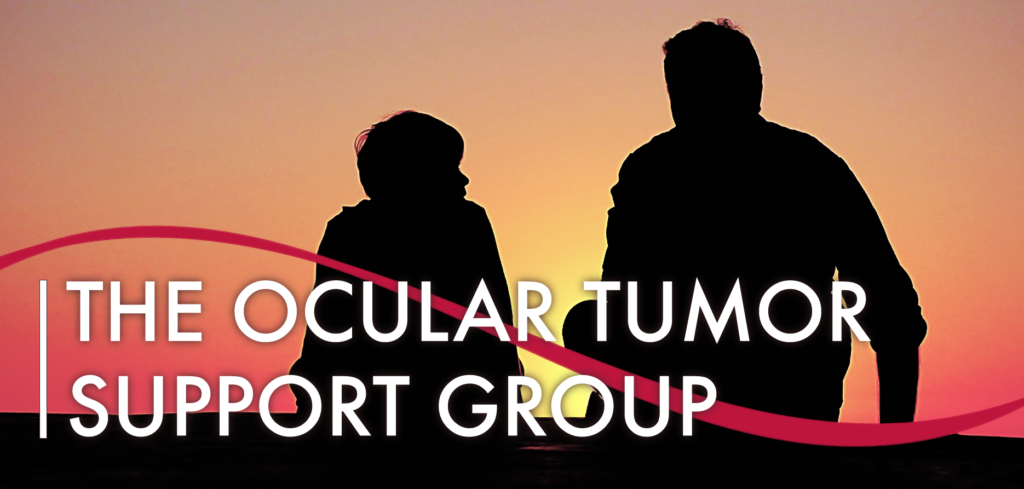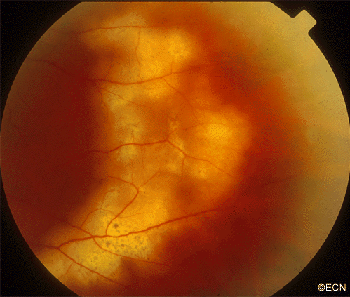The Ocular Tumor Support Group
After several successful meetings throughout the close of 2017, The Ocular Tumor Support Group is back in session! Do you have feelings of loss, stress, anxiety, and/or depression? To be sure, these are all possible experiences people have as they begin to adjust and live with a cancer diagnosis — but why endure it alone? Psychologists have long-attested to the mental health benefits of group therapy, where there exists a nurturing environment to share and perhaps ease one’s stress. The path towards recovery is paved not only with physical well-being, but also emotional well-being. And so, The Eye Cancer Foundation sponsors periodic group therapy sessions for those patients in need of an emotional outlet for their pain.
Karen Campbell, Licensed Clinical Social Worker, will continue to facilitate these sessions. With her 24+ year experience working with medical patients, she offers a wealth of knowledge in how to handle stress, such as mental and physical exercises. Attendee’s of past Ocular Tumor Support Group sessions have expressed gratitude for her work and her enduring tips and advice that have helped them outside of every meeting.
These support sessions are open to all ocular tumor patients, regardless of where you receive your care and how far along in treatment you are. Whether you are currently undergoing treatment or are 10 years out of treatment, we welcome you!
The next meeting will take place within the next few months Friday at New York Eye and Ear Infirmary of Mount Sinai, 310 East 14th Street in New York City. Stay tuned for the latest update on when that date will be.
If you are considering attending this session, or for more information, please contact Karen Campbell at campbelllcsw@gmail.com or 646-229-9908.
We hope to see you there!












